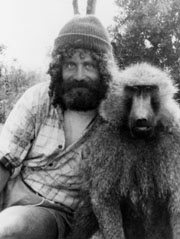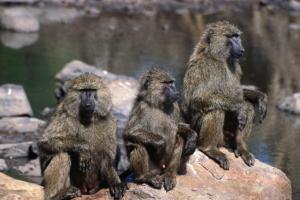There’s no question about it, stress is bad for you. You don’t need a science degree to work it out. But did you realise that continuous long-term stress can actually shorten your life?
Last week I interviewed a woman who suffered years of post-traumatic stress after she was raped by someone she knew. A horrible experience for anyone to go through. But the chronic stress she suffered in the years following, had more of an adverse affect on her health than the actual experience itself.
Medical experts say stress increases the chance of heart attacks, strokes, coronary problems, high blood-pressure, and death by 40 percent.
The harm from stress comes from the body’s fight-or-flight response to intense situations. The brain triggers chemicals and hormones – glucocorticoids – which are part of the body’s immune system and help fight cancer and inflammation. These hormones are produced by all animals and are the hormones that help us deal with an imminent threat. Unfortunately, our bodies can’t tell the difference between real danger and one that is giving us sleepless nights.
Professor Robert Sapolsky is a highly acclaimed Stanford University neurobiologist who has been researching a stress vaccine for 30 years. His research in primatology, specifically with baboons in East Africa, has led him to look into the possibility of altering our brain chemistry to create a state of ‘focused calm’.
Professor Sapolsky has observed that a zebra will “turn off” the stress chemicals once the threat has passed. But people can’t do that. We produce too many glucocorticoids for the real or perceived threats we face in our everyday lives and we don’t have a clue how to shut down this response once we no longer feel threatened. If those hormones build up in the body it’s toxic. Professor Sapolsky and his team were among the first to show that elevated levels of stress hormones can kill cells in the hippocampus, the area of the brain responsible for forming new memories.
Baboons like humans are highly social animals and believe it or not, we have a lot in common, especially when it comes to stress. These monkeys live in large, complex groups. Sapolsky says, those who inhabit the open Serengeti National Park find plenty of food and few predators. They only devote around four hours each day to feeding themselves and then have the rest of the daylight hours to make each other’s lives miserable. “Baboons, like humans, have the luxury of making themselves sick with purely psychological stress,” Sapolsky says.
He says: “Beaten baboons usually rip into even weaker baboons to make themselves feel better, but this is not a great choice for humans. We can shed stress through physical activity like running or other exercise.”
To measure the effects of social stress, Sapolsky observes the monkey’s interactions, then takes blood samples to record how stress-hormone levels correlate with various behaviours. Here’s the fun part, he uses a blow-gun to tranquilise the baboons to draw blood and it’s definitely more difficult than it sounds. The tube is loaded with an anesthetic dart, which he carefully aims and blows through. He says it’s more mechanically reliable than an air rifle, I seriously have my doubts.
The darting (only the males, as the females might be pregnant or are caring for their young) must take place at the same time each day to allow for daily cycles in stress hormones, and the subject mustn’t know what’s coming because that in itself would raise stress levels.
Trials of Sapolsky’s vaccine testing a state of “focused calm” have so far been successful in rats but human testing, he says, is still years away. His best advice in the meantime is: “Don’t worry, be happy,” it might sound trite, but it’s the best medicine, for now, to keeping your mental and physical health in shape.
Here’s a fantastic video of the very funny and charismatic man himself made by Stanford University. He looks every bit like the archetypal scientist.


Posted on March 5, 2011
0